Half delusion, half truth
You probably have pushed or been round Honda-branded vehicles for the reason that mid-Nineteen Nineties, you could be aware of a four-letter phrase that has outlined the model’s efficiency id for many years: VTEC.
Since its first automotive software in 1989, Honda’s VTEC engine expertise has given its 4 and six-cylinder engines numerous lore and web fame due to what it may do for spirited drivers and lovers alike. However whereas there are various memes and misconceptions of what precisely occurs underneath the hood, the tech behind VTEC has stood the take a look at of time and continues to be utilized in Honda’s new vehicles at present.
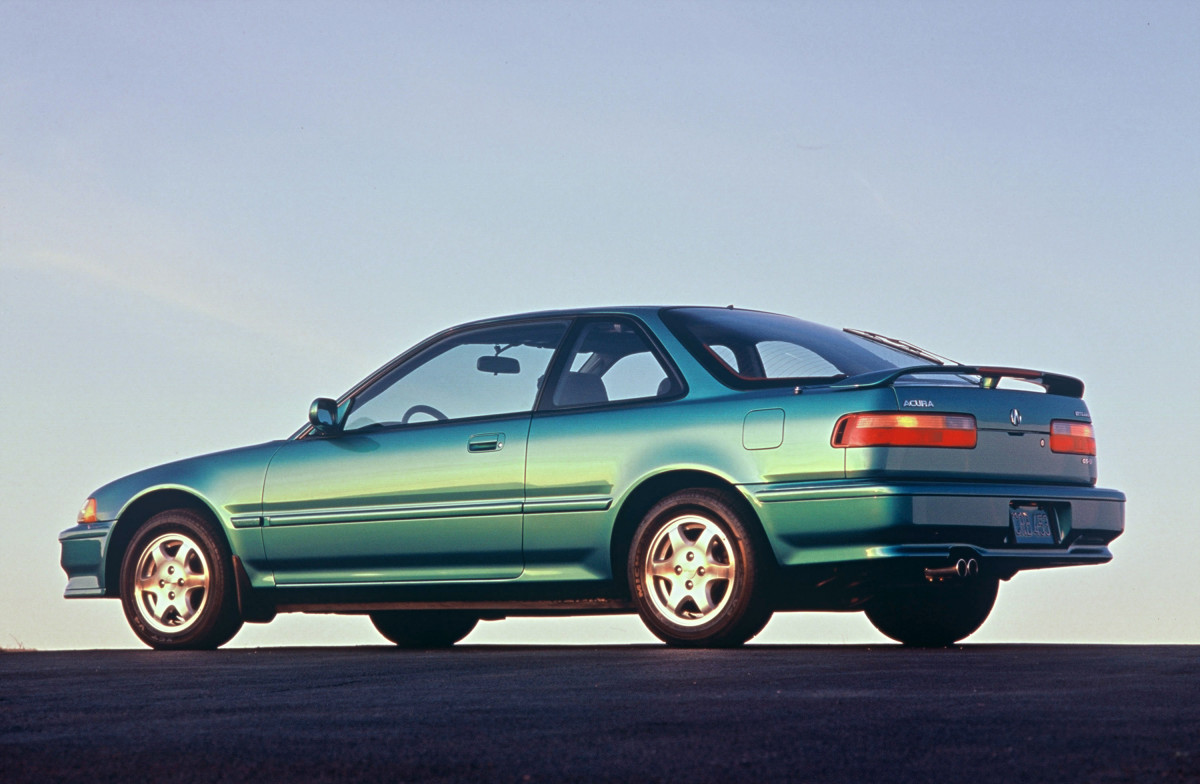
VTEC has its roots in these 90s automotive icons
VTEC has been round longer than you suppose; it predates the Sega Recreation Gear, the Tremendous Nintendo, and Dunkaroos. Initially launched in 1989 within the Japanese-market model of the Honda Integra XSi, VTEC didn’t make its means into the USA till the introduction of the Acura NSX supercar in 1991.
The legendary mid-engined automotive’s 3-liter C30A V6 engine produced simply 270 horsepower. Nonetheless, the groundbreaking VTEC expertise that gave the engine its distinctive efficiency traits would later be present in dozens of various Honda fashions, from humble commuters just like the Civic and Accord to their high-performance Kind-R variations.
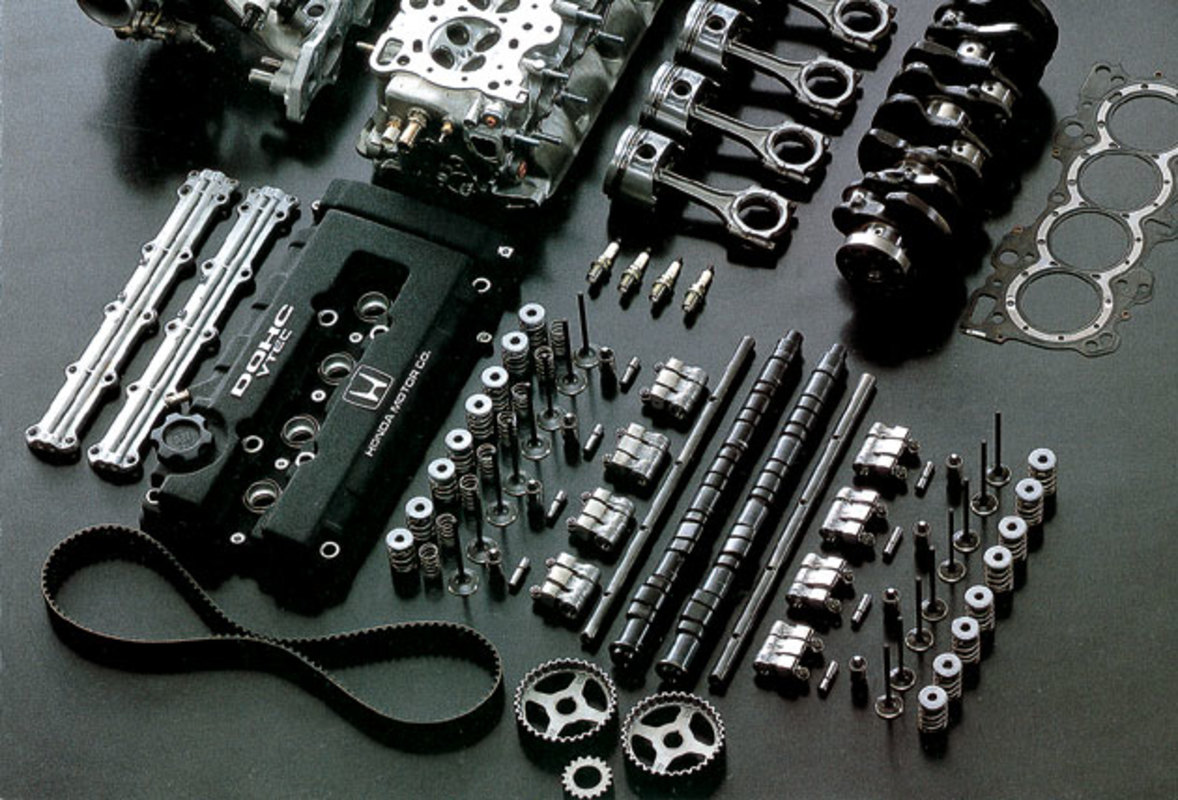
Honda
Within the early Nineteen Eighties, Honda needed to develop a brand new technology of engines for normal vehicles with a particular contact that may additional improve efficiency. Variable valve timing, or VVT, had existed for a while earlier than VTEC was developed, and automakers like Fiat and Alfa Romeo had used the expertise in their very own vehicles earlier than Honda developed VTEC. However the Japanese automaker’s lofty objectives dictated its future.
Honda administration tasked its engineers with growing a naturally aspirated engine that may ship 100 horsepower per liter of displacement—an unimaginable feat on the time. This meant growing an engine that would deal with the load of upper speeds with out sacrificing high quality or reliability.
How does it work?
On the time, Honda’s engines have been highly effective at excessive speeds however didn’t produce a lot energy on the decrease finish of the rev vary. Its engineers tried every part, however one resolution that did work was a system that would swap cam profiles on command: VTEC.
VTEC stands for Variable Valve Timing & Carry Digital Management System. Whereas it might be an uncommon identify, it’s derived from an engine expertise that mixes wonderful gas effectivity at low RPMs with a burst of energy at excessive RPMs. This may be achieved by switching between two camshaft lobe profiles at totally different speeds throughout the rev vary.
VTEC in an engine Honda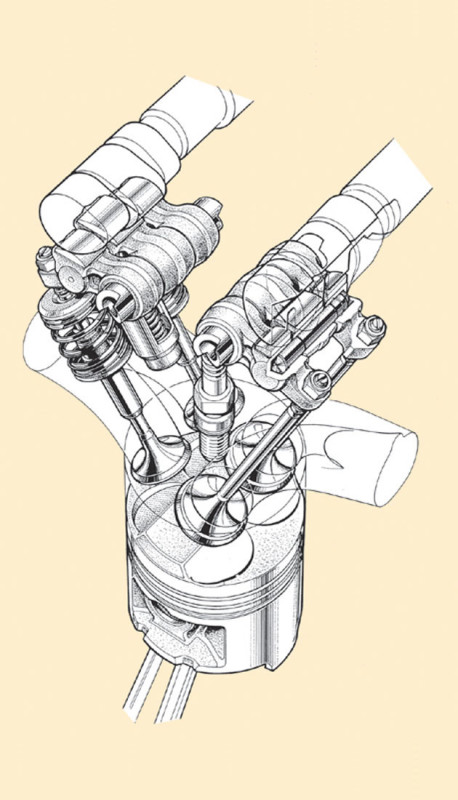
All engines require air and gas to show over, and valves speak in confidence to enable air right into a cylinder; a course of managed by cams on a camshaft and rocker arms. Every cylinder has cam followers with totally different cam profiles and rocker arms that may lock collectively. The taller cam lobes ship VTEC energy and hook up with an inactive rocker arm. When activated, these lobes improve raise and lengthen raise length, permitting extra air to enter the engine at excessive RPM.
When drivers mash the accelerator down, the engine pace rises, and so does the oil stress. As soon as the engine reaches a sure RPM in Honda VTEC engines, the oil stress pushes pins contained in the rocker arms, locking them collectively.
For the reason that rocker arms are locked collectively, all of the consumption valves (and exhaust valves, relying on the engine kind) open wider, permitting extra air in and creating extra energy. When the RPM drops, the oil stress additionally drops, the locking pins return to their unique positions, and the lower-profile cams function the valves again to the “gas economic system” mode.
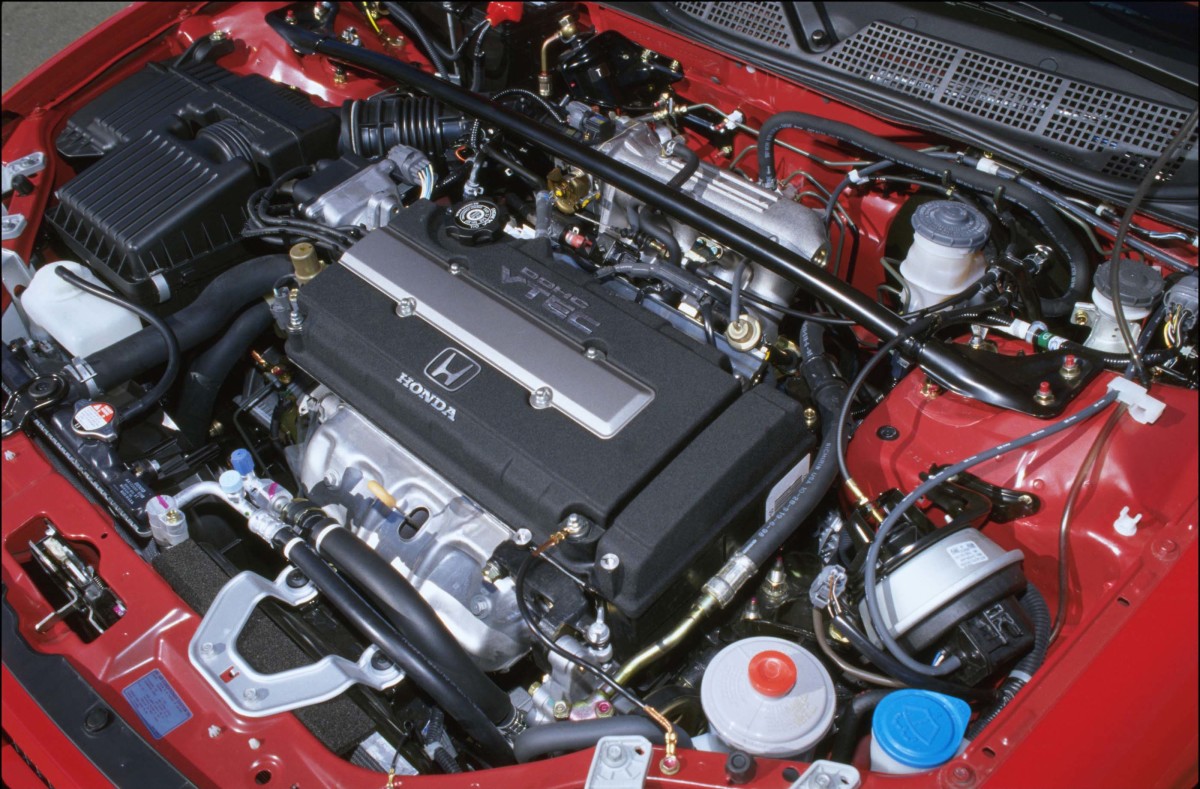
Honda
What are the efficiency advantages and disadvantages?
The phrase “VTEC simply kicked in, yo!” is a time period so ingrained in web automotive fanatic tradition that it has its personal web page on Know Your Meme, however it’s primarily based on an actual phenomenon that Honda drivers have skilled.
In most different four-cylinder engines, the zone across the 5000-6000 RPM vary is the place most different vehicles would have their redline, as it could begin dropping energy round this level. Nonetheless, this conventional “no-go zone” is the place Honda’s VTEC engines actually shine. Reaching the “VTEC cutoff” will be characterised by a novel, brawny, high-revving sound and a sudden pull of prompt energy; a sense that many late-model Civic and Accord drivers can attest to as addictive.
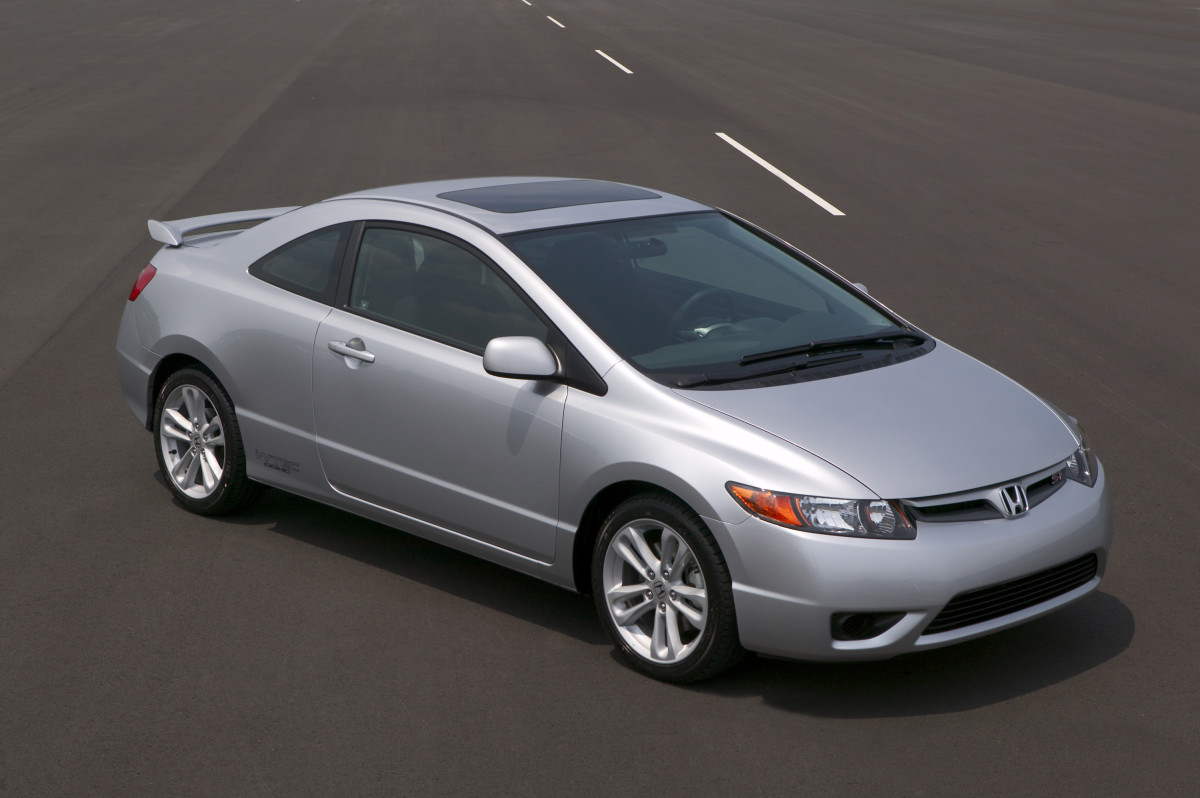
As an entire, the VTEC system does what it was designed to do by Honda engineers and the managers who oversaw them; it delivers numerous energy in 1.6 to 2.4-liter inline four-cylinder or 3 to three.5-liter V6 engines, stable gas economic system on the decrease rev vary, and just about bulletproof reliability. In 2023, one 2003 Accord proprietor, Justin Kilmer, racked up a million miles on his V6 coupe by his work as a medical courier.
However with its advantages, VTEC engines can undergo from feeling torpid at decrease speeds, as peak energy and torque may very well be positioned ridiculously excessive on the rev counter. For example, the two.4-liter K24 DOHC VTEC engine within the 2006 Honda Civic Si produces 197 horsepower at 7,800 RPM, which is very shut to its 8,000 RPMredline.
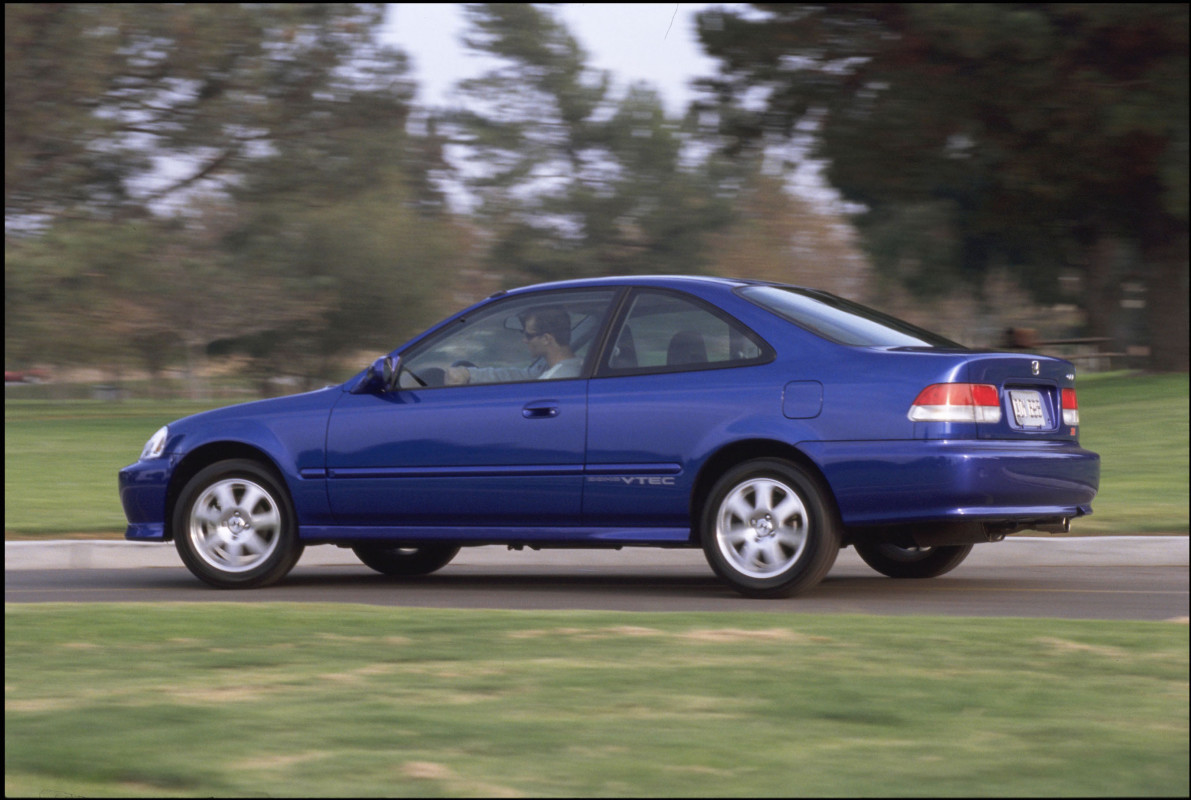
Honda
Last ideas
Though VTEC has advanced over time to incorporate variations like i-VTEC, VTEC-E, and VTEC Turbo, “copycats” of VTEC expertise have been developed by different automakers, resembling Toyota and Mitsubishi, whereas different automakers used different strategies to attain the identical finish aim.
For instance, the 996 Porsche 911 featured VarioCam, which used an adjustable chain tensioner to manage the quantity of slack within the timing chain that connects the consumption and exhaust cams. BMW’s VANOS on the M50 straight-six engine, utilized in vehicles just like the E46 M3, employed a helical gear on the camshaft to regulate the timing.
At present, many producers, together with American and European firms in addition to a number of of Honda’s rivals in Japan, make use of some type of variable valve timing of their engines. Nonetheless, VTEC stays a Honda hallmark as one of many first commercially profitable variable valve timing applied sciences for use in mass-produced vehicles, and a supply of delight amongst Honda followers and house owners.


